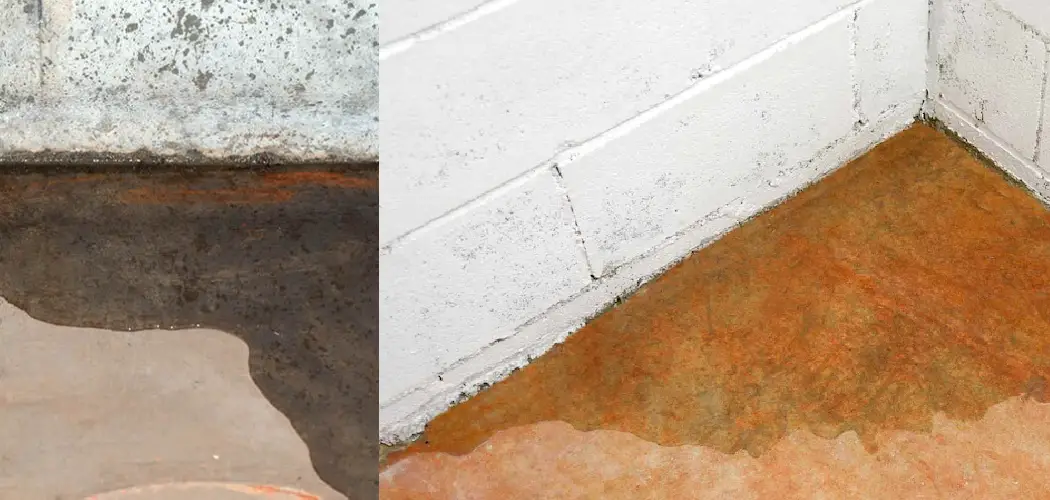If you have recently discovered that water is coming through your basement floor, you know how frustrating it can be. The good news is there are a few steps you can take to identify the source of the water and come up with an effective solution.
In this blog post, we’ll discuss step-by-step guidelines on how to fix water coming through basement floor. Whether you’re dealing with a persistent puddle or serious flooding, these helpful strategies will help fix any kind of water problem coming through your basement floor quickly and efficiently. So keep reading if you want to get rid of water issues in your basement once and for all!
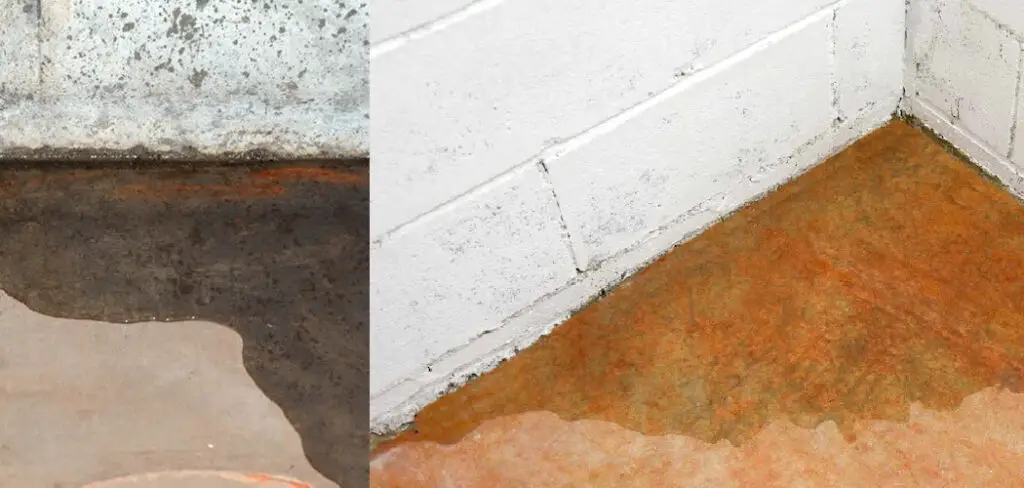
Tools and Materials You Will Need to Fix Water Coming Through Basement Floor
- Towels or rags
- Bucket
- Shop vacuum
- Caulk gun
- Silicone caulk
- Concrete sealer
- Plastic sheeting (optional)
- Utility knife (optional)
- Waterproof paint (for painted floors)
Step-by-Step Guidelines on How to Fix Water Coming Through Basement Floor
Step 1: Clean Up the Water
The first step in fixing water coming through your basement floor is to clean up the existing water. Grab a few towels or rags and begin soaking up as much of the water as you can. You can also use a shop vacuum for larger pools of water. Once you’ve soaked up or vacuumed out as much of the water as you can, it’s time to move on to step two.
Step 2: Find the Source of Water
The next step is to try and identify where the water is coming from. Look around your basement for any visible cracks or leaks in the walls or floor that are letting in moisture. If there aren’t any obvious holes or cracks, it’s possible the water is coming in through a joint between two surfaces, such as between the floor and wall.
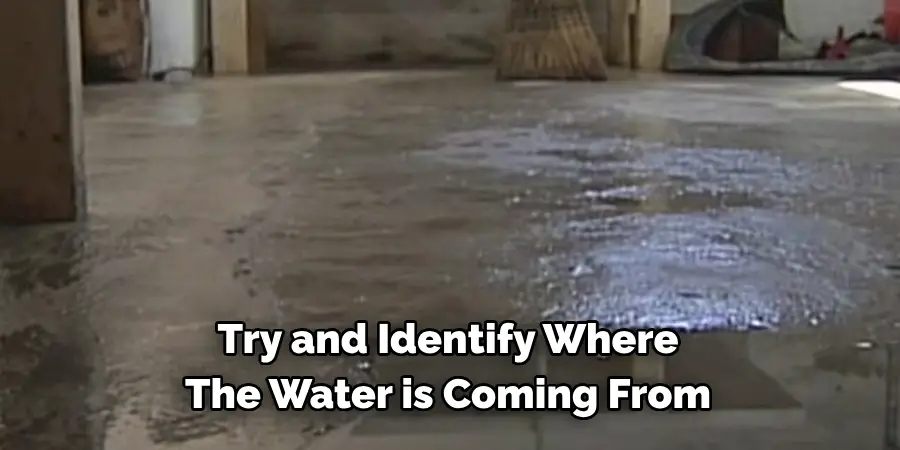
Step 3: Seal Any Cracks or Holes
Once you’ve identified any visible cracks or holes, use a caulk gun to seal them up with silicone caulk. This will help prevent any further water from coming in through that area. Sealing the joint between the floor and wall can also be done with caulking. This will help prevent any moisture from getting in through that area as well.
Step 4: Apply Concrete Sealer
Once you’ve sealed up all cracks and holes, it’s time to apply a concrete sealer to the floor. This will not only help keep water out but also protect your basement floor from further damage. Simply follow the instructions on the sealer’s container for effective application. While a concrete sealer may not be necessary in all cases, it’s still beneficial for preventing any future water from coming through your basement floor.
Step 5: Lay Plastic Sheeting (optional)
If you want to be extra sure that no moisture is getting in, you can lay down some plastic sheeting over the dry areas of the floor. This will help protect those areas even further. Make sure to cut the sheeting with a utility knife so it fits snugly against the floor. This will also help prevent any water from seeping in through the seams.
Step 6: Apply Waterproof Paint (for painted floors)
Finally, if you have a painted basement floor, it’s important to apply waterproof paint over top of it. This will help protect the surface further and make sure that no moisture is getting through. Follow the instructions on the waterproof paint’s container and you’ll be good to go.
These are the steps for how to fix water coming through the basement floor. By following these guidelines, you should be able to identify the source of any water problems in your basement and come up with an effective solution. So don’t wait any longer – get started now and get rid of those water issues once and for all!
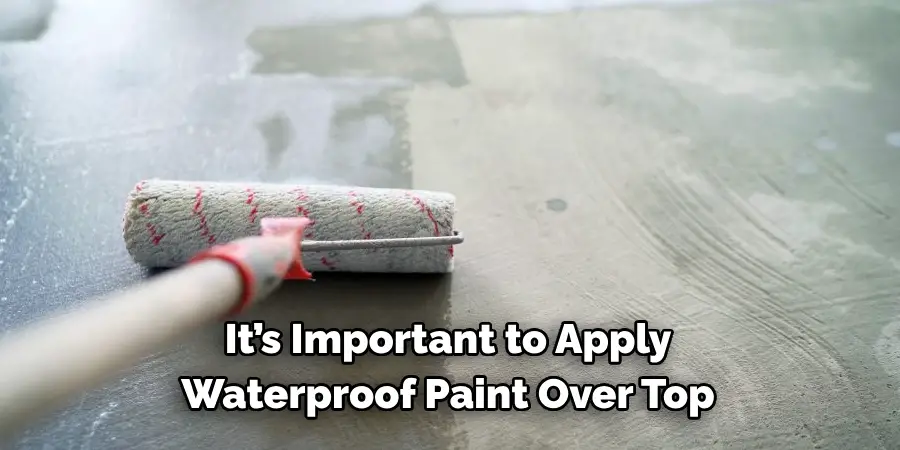
Additional Tips and Tricks to Fix Water Coming Through Basement Floor
1. Make sure to check your downspouts and gutters for any blockages or clogs that may be causing water to back up against the foundation of your home. Clean them regularly so they can drain properly.
2. Check the grading around your home’s foundation as well – if it is not at least 6 inches below the edge of your foundation, then water may be pooling against the side of your house and seeping in through the basement.
3. Install a sump pump if you have one nearby – this will help to catch any groundwater that accumulates near your home and pump it away from the foundation to prevent water from coming through the basement floor.
4. Use a sealant to waterproof any cracks or gaps in your foundation that could be letting water through.
5. Make sure your basement windows are properly sealed and the window wells are filled with clean, dry gravel. This will help keep water from entering your home through those areas.
6. If you have a drainage system installed around your house, make sure it is working properly and not clogged with debris or sediment.
7. Install a dehumidifier in your basement to help keep the air moisture levels low and reduce any potential water damage.
By following these tips, you can ensure that your home is protected from water coming through your basement floor. If none of these solutions seem effective, contact a professional who can inspect the problem and provide more detailed advice on how to properly waterproof your basement.
Things You Should Consider to Fix Water Coming Through Basement Floor
1. Inspect the foundation walls for damages or cracks. A common cause of water coming through a basement floor is due to a leaking foundation wall, so it’s critical to inspect all potential sources of water intrusion.
2. Check the grading and landscape for proper drainage away from your home. Improper grading can lead to an accumulation of water around your foundation walls and create a pooling effect.
3. Examine the weep holes along your foundation wall, which allow for water drainage away from the basement floor. If any of them are clogged or filled with debris, it can cause water to build up in your basement.
4. Make sure that all gutters and downspouts are clean and free of debris. If they are clogged or overflowing, water can easily seep through the foundation walls and accumulate on your basement floor.
5. Check for any plumbing leaks inside your home. The pipes that run through your basement floor can become damaged over time due to age or wear and tear, leading to water leakage into your basement.
By following these considerations, you can identify the source of your water problem and take steps to address it. Depending on what you discover, the solutions may range from simple fixes such as cleaning gutters or replacing pipes, to complex repairs involving foundation stabilization or waterproofing services. In any case, it’s important to protect your basement from further damage by taking preventive measures as soon as possible.
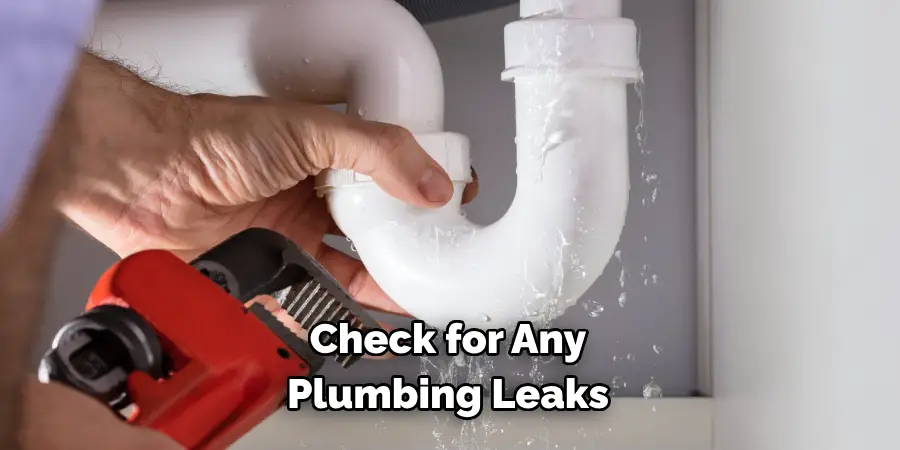
Frequently Asked Questions
What Causes Water to Come Through My Basement Floor?
Water coming through the basement floor can result from various sources, including high groundwater levels, broken pipes, or foundation cracks. It is important to identify the source of the water in order to make appropriate repairs.
What Should I Do Once I Find the Source of Water Coming Through My Basement Floor?
The best course of action depends on what type of water is present in your basement. If there is groundwater flooding, it may be necessary to install a sump pump or other waterproofing system in order to keep the water at bay. If the source of water is a broken pipe, it needs to be repaired or replaced. And if there are foundation cracks, then they should be sealed with a concrete patch and waterproof sealant.
What Are Some Common Waterproofing Solutions?
Common waterproofing solutions include interior drainage systems, exterior drainage systems, sump pumps, dehumidifiers, and sealing foundation cracks. Interior drainage systems are the most cost-effective solution for keeping water out of your basement, but they require professional installation and regular maintenance. Exterior drainage systems involve digging a trench around your house to divert water away from the foundation walls. Sump pumps help reduce groundwater levels in your basement, while dehumidifiers can help keep moisture levels down. Finally, sealing foundation cracks helps prevent water from entering your basement through the walls.
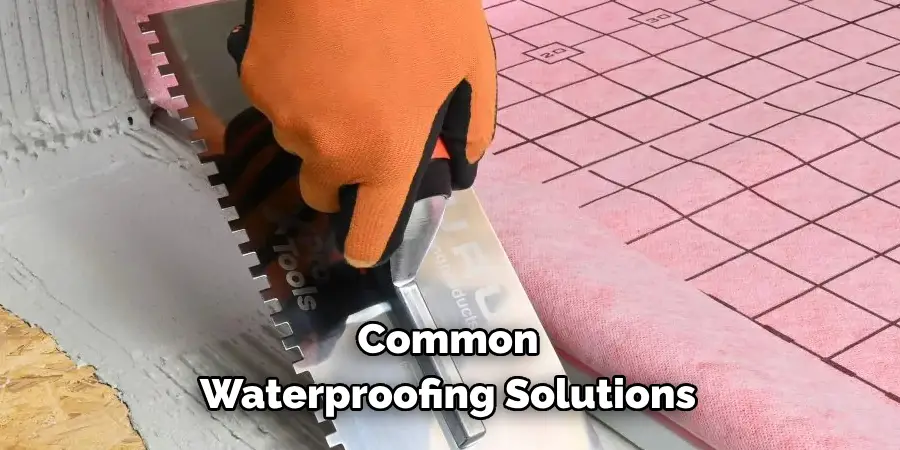
Conclusion
All in all, taking the proper steps on how to fix water coming through basement floor will save you time and money in the long run. There are many factors to take into consideration such as external or internal sources of water, drainage systems, and gutter issues. It’s important to recognize when your problem may be related to one or more of these causes and address them with help from a professional if needed.
Once the appropriate solution has been implemented, regular inspections should be performed to ensure that there is no repeat occurrence as this could potentially cause costly damage. Make sure you take action now rather than waiting until later when the situation gets worse – be proactive now and start enjoying a dryer basement!

